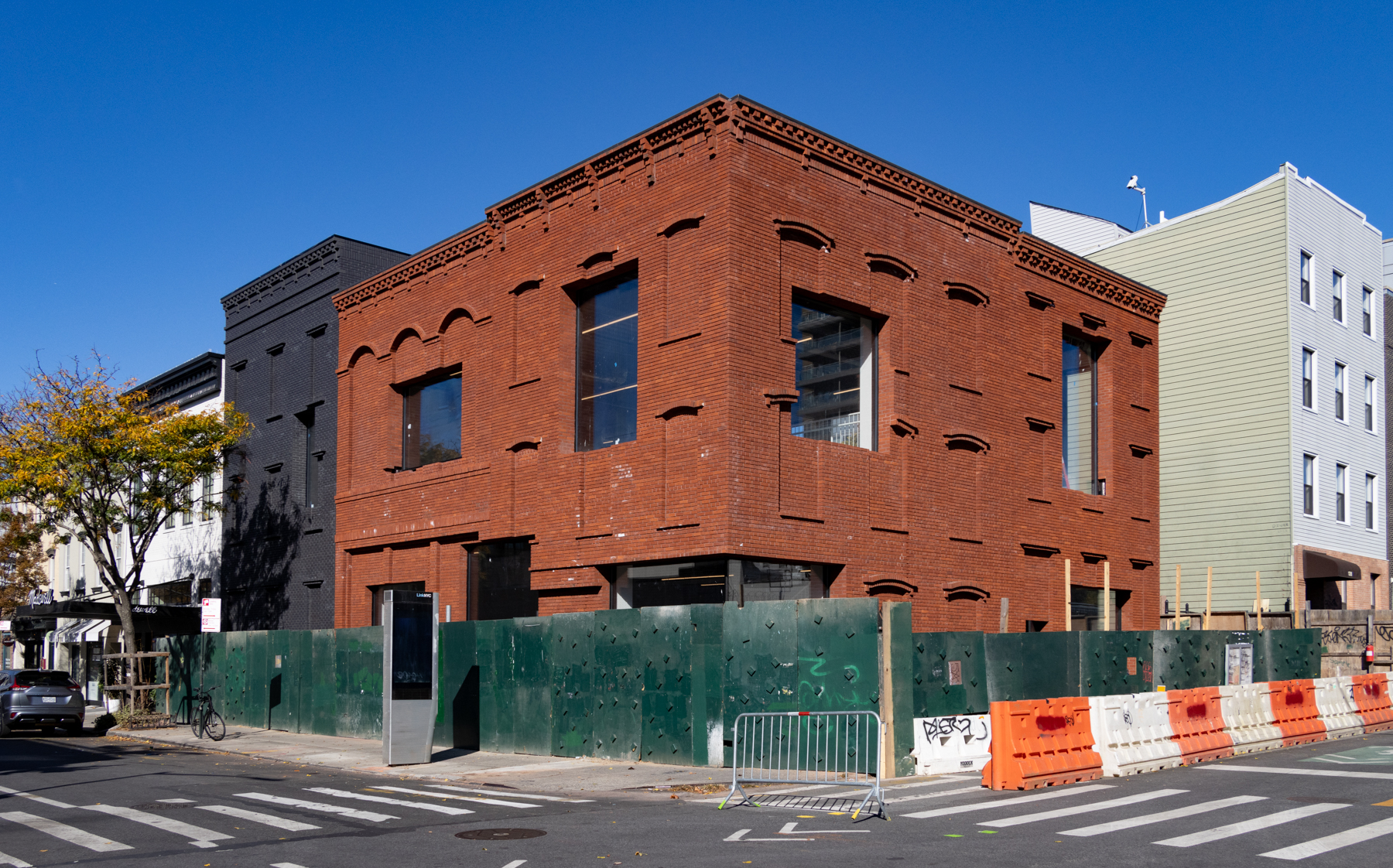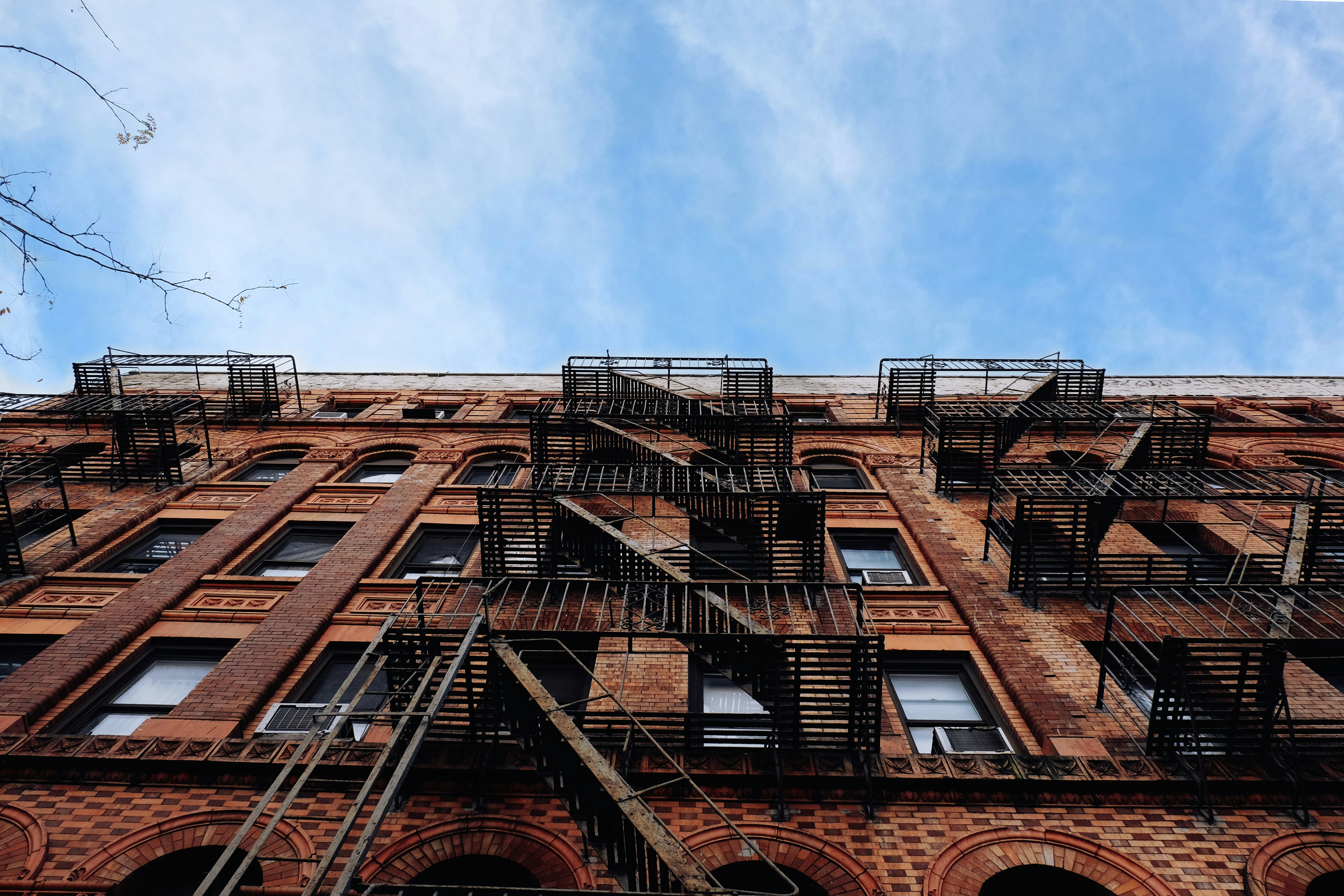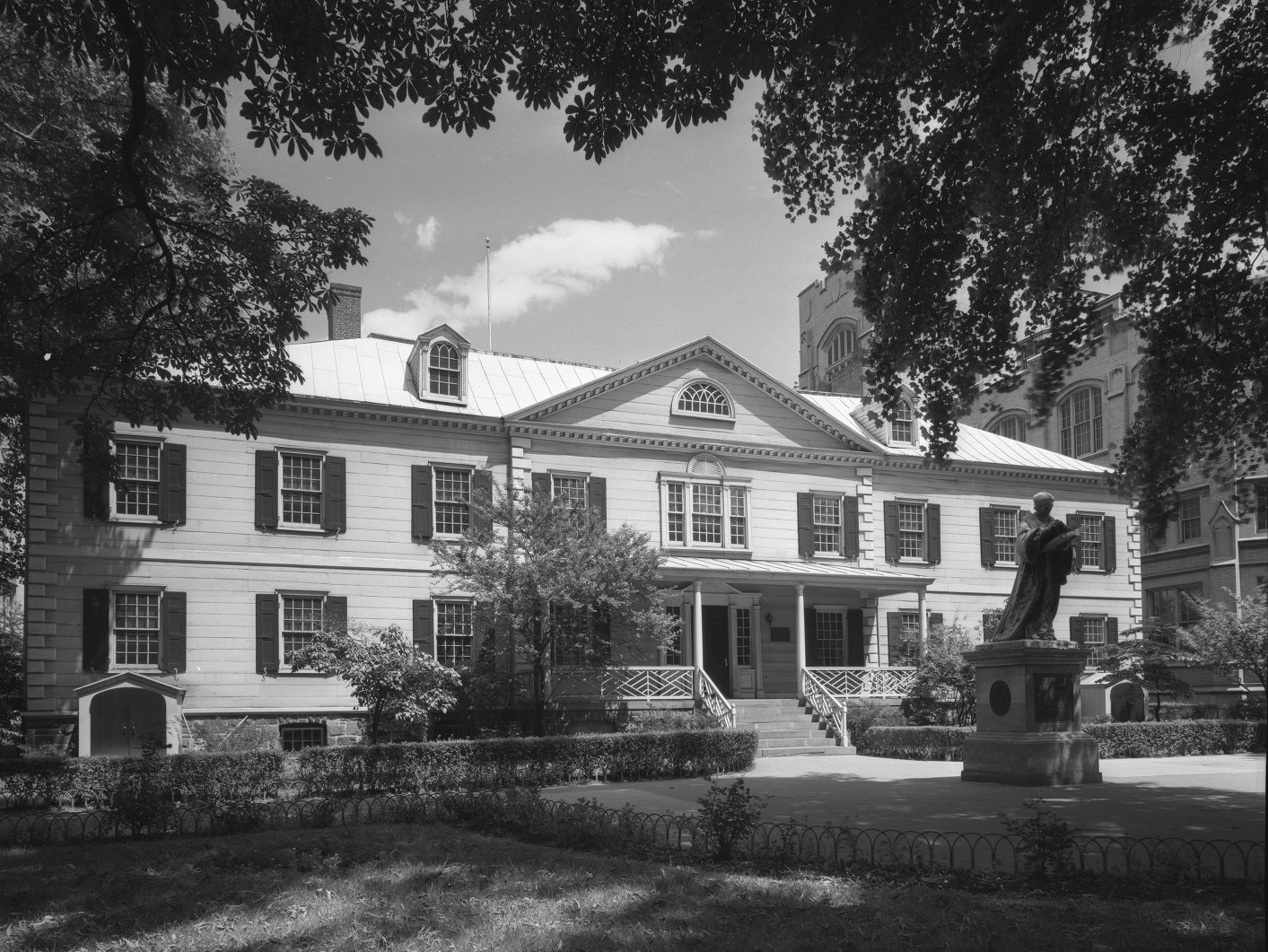Walkabout with Montrose: Romanesque Revival Architecture
Boston architect Henry Hobson Richardson is known as the father of the Romanesque Revival style of architecture, so much so that the term Richardson Romanesque is synonymous with the more correct term, Romanesque Revival. It is a rugged, muscular architecture, perfect for the power and might of the high Victorian age of the robber barons,…


Boston architect Henry Hobson Richardson is known as the father of the Romanesque Revival style of architecture, so much so that the term Richardson Romanesque is synonymous with the more correct term, Romanesque Revival.
It is a rugged, muscular architecture, perfect for the power and might of the high Victorian age of the robber barons, captains of industry, and grand money makers a highly confident architecture for a confident time in history.
The architecture is characterized primarily by the use of brick and stone, with round Roman arches, embellished with squat columns, lines of windows, recessed entrances, towers with capped roofs, heavy massing, and often with the use of rusticated, that is rough hewn stone blocks.

Richardson’s first Romanesque building, the Buffalo State Asylum for the Insane was built in 1870, and his masterpiece was Boston’s Trinity Church, built in 1872-77.
The style proved immensely popular throughout the country, and soon civic buildings, churches, and huge mansions followed, designed and improved upon by a number of architects, most famously Louis Sullivan and Frank Lloyd Wright.
In New York, specifically in Brooklyn, row houses soon followed the public buildings and the mansions, as the style easily lent itself to the constraints of a smaller façade, while still allowing for great variety in ornament and an abundance of detail.

Important ornamental features of this style are carved Byzantine Leaf ornament, ornate stained glass windows and elaborate ornamental ironwork, all designed to soften the baronial nature of this architecture.
At its grandest, this is an architectural style tailor made for the wealthy, at its simplest, an elegant and sedate style perfect for a rowhouse streetscape.
Many of Brooklyn’s finest architects were masters of the Romanesque Revival style, especially at its zenith in the mid 1880’s through early 1890’s. According to the Landmarks Preservation Commission, Brooklyn has one of the largest concentrations of Romanesque Revival buildings in the United States.

Names that are commonplace in our historic districts: Montrose Morris, CPH Gilbert, James Naughton, PJ Lauritzen, the Parfitt Brothers, William Tubby, Mercein Thomas, JC Cady, Magnus Dahlander and George P. Chappell, as well as many more, all designed masterpieces of Romanesque Revival architecture throughout Brownstone Brooklyn.
Together they form a formidable and impressive body of work that helps define the uniqueness of our Brownstone neighborhoods. Here is but a small sampling of the Romanesque Revival style in Brooklyn.Take a look.





[Photos by Suzanne Spellen]









I never saw this building style until I moved to the East Coast. I find it quite intriguing.
Also, Montrose, I have to add to my comments yesterday about the Crown Heights house tour: The booklets were also very impressive. Lot of work.
Brenda, great story. It’s one of my favorite buildings in Park Slope, I never get tired of the hardware, stained glass and wrought iron, not to mention the dragons and other details that make it a delight, as well as impressive. I’ve always wondered who lived there, as the place needs a lot of facade work, and looks like its occupied by an eccentric aunt who doesn’t ever come out. Is it a coop, condos, or rentals? How many units now? Anyone know?
Romanesque Revival, which easily segues into Queen Anne, as far as brownstones go, is my favorite, as well.
I remember hearing that story on a Park Slope house tour in the ’70s. The version I heard was that an electrician was called in to shut down the electricity during the summer and that he didn’t realize that some of the staff were still in the elevator. In this version they died of thirst and starvation, rather than suffocation.
Lou Singer was quite a character. He brought people into my house on his one and only PLG tour. It was evident that Lou made a lot of his “history” up, on the spot, but he was very entertaining.
Gorgeous stuff. Years ago, if memory serves (and it may not, so take this tale with a big grain of salt), a Brooklyn tour guide/street raconteur named Lou Singer told me that the Adams mansion (owned by the chewing-gum magnates) was haunted–that some of their domestic staff had suffocated trapped in an elevator while the wealthy family was off at their summer “cottage.” The story still in circulation here:
http://www.flickr.com/photos/wallyg/180615651/
ditto what Jack said above – this is my fav style (typical brownstones just looks lacking in details compared to these babies).
MM,
seeing those houses on Dean instantly sold me on the area. BTW, dont get too close to that CM Pratt Mansion else security will come out to shoo you away.
As always a great post- I am blown away by the beauty and craftsmanship of these buildings. I’m tempted to say a lost art but there are still some restorers who know how to do this work. Nothing can replace the richness and sheer ebullience Romanesque revival brings to the streetscape. Thanks MM!
Thanks Montrose. I love this style.
Great photos.
The Former CM Pratt Mansion – That arched carport is delish!
Mont. Pl. in Park Slope – What a great entrance!
Alhambra is Stunning.
Favorite style of brownstones thanks.
A homeless man mentioned to me once that our 3 armories are connected via underground tunnels.